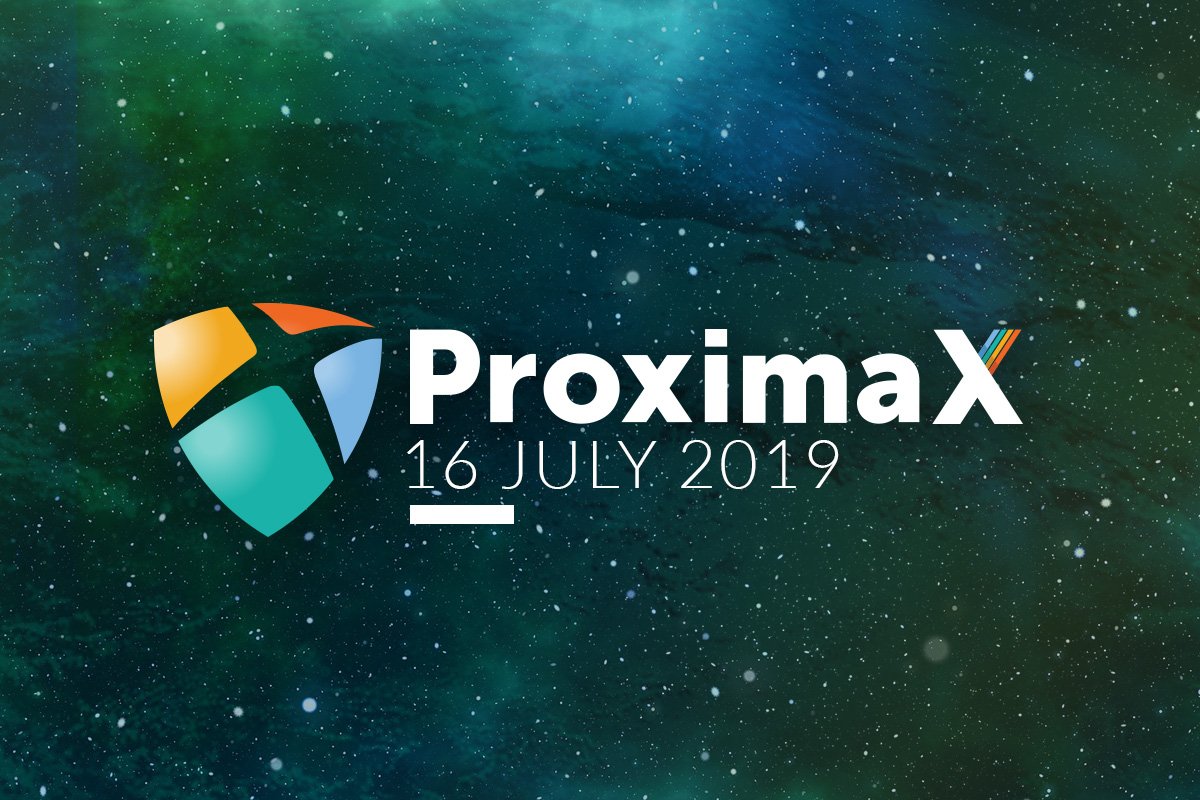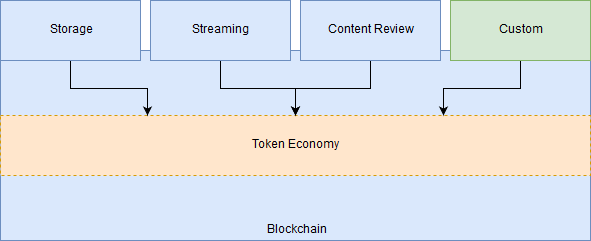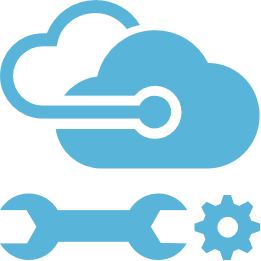ProximaX Technology Update – 16 July 2019

Our technology team has been focusing on defining the token economics framework and stabilising the blockchain server code as well as the software development kits. In addition, we’ve coordinated with Hacken (https://hacken.io) to perform the necessary steps to audit the code implementation of our blockchain server code. It is a crucial to ensure the correctness, robustness, and security of the ProximaX Sirius platform.
Other updates include the development of the storage cli (command line interface), completion of cross-block verification implementation, supercontracts design refinement and development, review and further improvements to the technical whitepaper including the token economy and main network release preparation activities.
Token Economy Framework
The majority of the work done during Q2 was on defining the token economics framework, and I am proud to announce that we have done just that. We now have a robust design that will serve as the framework that can be applied to virtually any service that can sit on top of ProximaX Sirius-chain. And with the supercontracts extension, we will have a highly customisable and contract driven economic framework that anyone can work with.

More on this will be announced in the technical whitepaper.
Blockchain Software Development Kits
Blockchain SDKs were upgraded to get them compatible with the current blockchain server code. One of the vital coordination activities we have been doing is to ensure that the blockchain SDKs are up to date with the blockchain server code deployed on our test network.
Blockchain SDKs are available on our GitHub repository. https://github.com/proximax-storage?utf8=%E2%9C%93&q=xpx-chain&type=&language=

As of today, we have:
A few crypto libraries specifically to support the encryption mechanism:
We still have a few blockchain SDKs that are being worked on by our team, community volunteers, and partners. If you know someone who’s interested in contributing, please feel free to ping me on Telegram @brambear.
Storage component development and SDKs
The storage layer is progressing smoothly. We have completed the critical components such as the cross-block verification technique that is mainly used to verify replicator activities and the proof of replication. The crucial ingredient that we are now building is the token economics framework that will affect, not just these two layers but also any core service that will be introduced moving forward.
Our storage component has three different versions with the first two being an integration between the blockhttps://blog.proximax.io/admin/preview/proximax-technology-update-less-than-publish-date-greater-thanchain and our own fork of Interplanetary File System (“IPFS”).
The first version is the integration between NEM’s NIS1 and IPFS. We created libraries that will allow anyone to link data loaded into IPFS into a transaction in NIS1. The second version is similar but instead of NEM NIS1, we are using Sirius-chain, our own blockchain platform. The greatest version will be the third one, which is the actual public DFMS. This version is what we have been working on since last year. It is a protocol level link between our own Sirius-chain and IPFS libraries to allow an ecosystem of storage services that are backed by a token economic framework. We will have more information on this in the technical whitepaper.
Streaming layer development
Similarly, for the streaming layer, we have started to integrate the service onto the blockchain platform. The next and crucial step is to implement the defined token economics framework for this.
Application Development
Alongside our platform development is the continuous activity of building and improving our main line of software products. Here are a few updates for each of them.

ProximaX Office Suite. An enterprise productivity suite. We have continuously upgraded this office suite to make it is compatible with the latest server changes we have on both the blockchain and decentralise file management system layer. The next update is to create a token economy for this using the framework we have built.
ProximaX Identity. An enterprise identity solution that utilises ProximaX Sirius platform to provide a blockchain-based identity management system. We are working towards improving the identity solution to comply with DID (“Decentralised Identifiers”) standards. We will need supercontracts to implement this feature.
ProximaX DLX. The development of Distributed Ledger eXchange (“DLX”) MVP is almost complete and can be used for demo purposes with potential clients. The MVP comes with the following out-of-the-box features.
- Integration with ProximaX KYC as an identity management system for identifying and screening shareholders both individuals and corporate entities.
- Immutable and irreversible records of all transactions which are timestamped and auditable.
- Shareholders can view and manage their portfolio of securities in near real-time.
- Support for OTC trades between shareholders requiring private key signatures from both participants and admin.
- Support for share issuance, share cancellation and share splits requiring private key signature from issuer.
- Allow issuers to distribute shares and currencies for IPO and dividends.
- Allow complete viewing of shareholding movements which will provide regulators with near real-time visibility of substantial movements.
- Ready for integration to support withdrawals and deposits by shareholders.
- Support for multiple currencies represented as transferable asset on the blockchain.
- Support for asset transfers from one shareholder to another.
- Key STO functionalities.
We are targeting a full commercial DLX product to be ready by mid October 2019.
ProximaX File It!, Vault, and Notes. These are standard utility tools for managing data using ProximaX’s decentralised technology stack. We will open-source these soon.
ProximaX Workflow engine. A demonstration environment is up and running using JOGET and JBPM. We will share the access details for the community for testing soon.
ProximaX Sirius Mobile, Web and Desktop Wallet. We are building a cross-platform wallet specifically for ProximaX Sirius-chain. This will be the primary wallet for ProximaX Sirius-chain that will be publicly available.
Notable updates
We updated some of the tools we have including the web wallet, explorer and test network faucet. Click on the links below to view the upgrades:
Infrastructure and DevOps
One of the key technology teams at ProximaX is the infrastructure and developer operations team. They are the main “automation” specialist that take care of the provisioning of necessary instances and providing the tools needed to support every technology project we have internally.
Partnerships

We made several announcements on partnerships, and here’s a summary of each.
FDS. A Vietnam-based system integrator partner that helped ProximaX built some of the utility tools such as File It!, Vault, and Notes.
APPelit. A technology partner based in the Netherlands that specialises in a wide array of technologies including enterprise application development, artificial intelligence, and ERP.
ECI Solutions. A systems integrator partner that specialises in document management systems. We are working with them along with Sibernetix to create a POC for Automated Customs Clearance System (“ACCS”) for the Malaysian Customs Dept.
Artemiz. A technology partner. We are working on a strategic national security project to provide real-time geospatial surveillance from a constellation of satellites.
IT Smart. They are an early system integrator partner and has been developing applications for ProximX ever since we started. They are currently developing the ProximaX ERP system, BESC platform and SIDC project.
Eliptica. Our systems integrator partner in Latin America. Primarily based in Chile, they are a software development company that specialises in blockchain integration, financial technology solutions (“FinTech”), big data management, and the development of Application Programming Interfaces (“APIs”).

